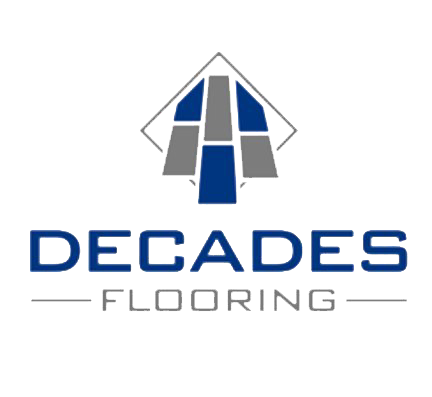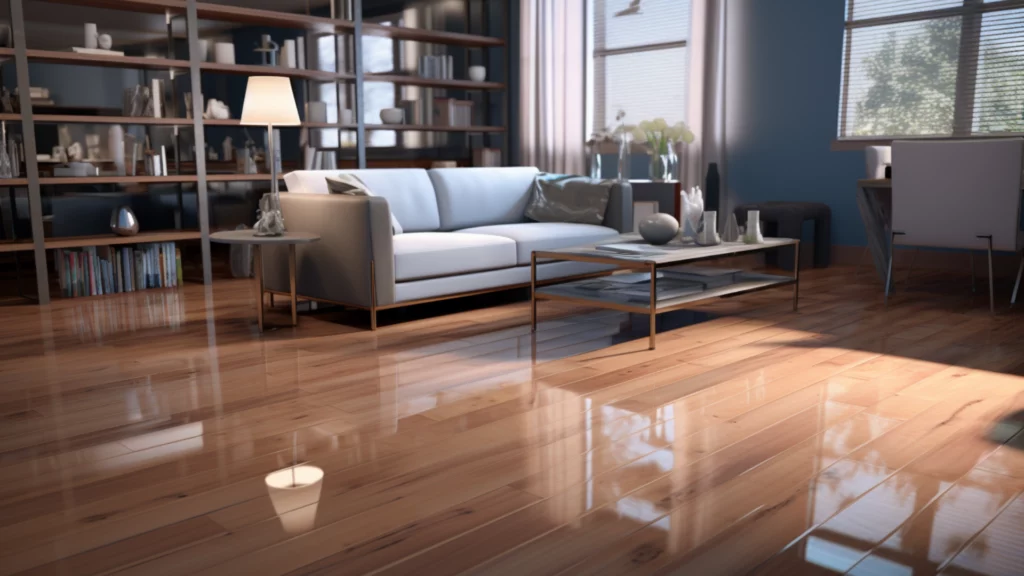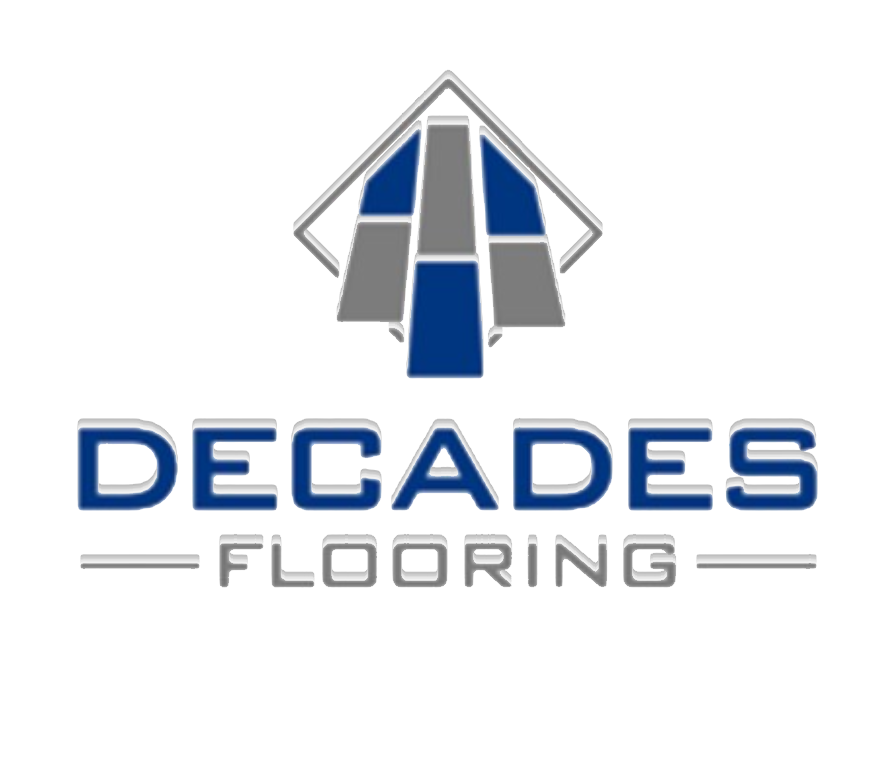In the realm of interior design, flooring plays a paramount role in defining the overall aesthetic and functionality of a space. As we delve deeper into the 21st century, we are witnessing a dynamic shift in flooring trends as innovative services transform our spaces, adhering not only to changing design preferences but also meeting the growing environmental concerns. These new services offer a plethora of options that cater to diverse needs, from sustainable materials like bamboo and cork to technological advancements such as heated floors. However, the question remains: How can these innovative flooring services be leveraged to their full potential, and what impact might they have on the future of interior design? This discussion aims to shed light on these pertinent issues.
Unveiling Current Flooring Trends
In the dynamic world of interior design, five significant flooring trends have emerged in recent years, reshaping how homeowners and design professionals approach space transformation. The first trend is the growing preference for sustainable materials like bamboo and cork, reflecting the global shift towards eco-conscious living. Second, there is a resurgence in the popularity of terrazzo flooring, a composite material that offers immense design flexibility. The third trend is the increasing use of digital printing technologies to create hyper-realistic ceramic and vinyl tiles. Fourth, textured flooring options such as hand-scraped wood or embossed tiles are gaining traction. Lastly, smart flooring solutions, equipped with heating and cooling capabilities, are redefining comfort at home. These trends collectively underscore the design world’s commitment to innovation, sustainability, and user-centricity.
Eco-Friendly Flooring Solutions
Building on the trend towards eco-conscious living, let’s explore the various eco-friendly flooring solutions that are not only aesthetically pleasing, but also have minimal impact on the environment. Bamboo is a popular choice, owing to its rapid growth rate and durability. Cork, another sustainable option, offers thermal insulation and comfort underfoot. Reclaimed hardwood, salvaged from old buildings, combines character with conservation. Linoleum, made from linseed oil and recycled wood flour, is biodegradable and easy to maintain.
These environmentally-responsible choices contribute to healthier indoor air quality by limiting volatile organic compounds (VOCs). Each material has unique attributes, ensuring there’s a perfect eco-friendly flooring service and solution for every design vision and lifestyle. Explore these innovative options and join the green revolution in home décor.



